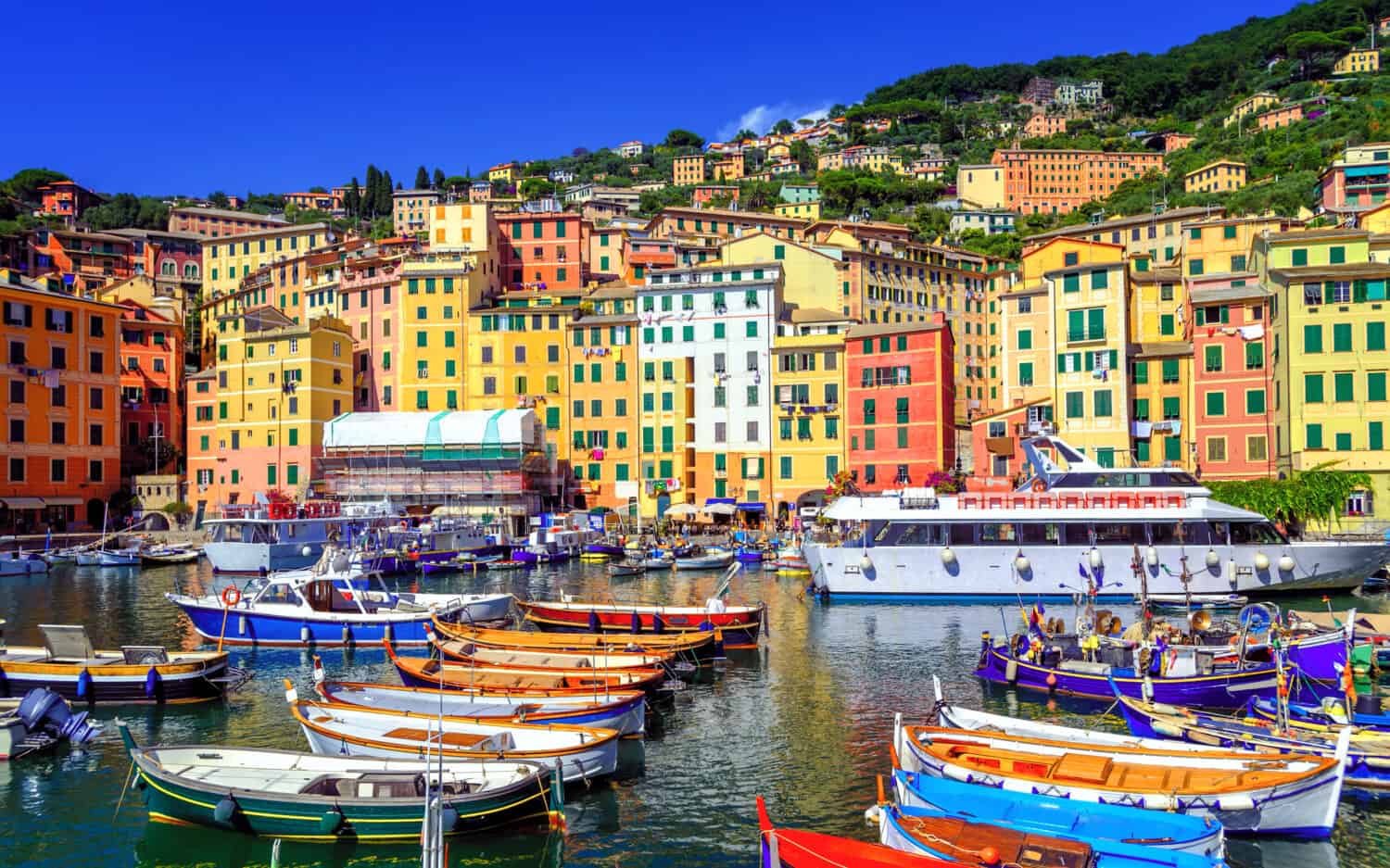Italia — the country steeped in rich history, culture, and delicious food. Whether it’s Italian pizza, pasta, or seafood, everything you eat in the country is wonderful. But of course, many people think the country is only about food and wine. Italy is so much more than that. The Italian history, geography, and culture are extremely diverse and unique. So many things we have today wouldn’t exist if it weren’t for the people who lived in Italy centuries ago.
There are so many interesting facts about Italy worth knowing and some that are even shocking or make you go, “Wow!” Let’s take a look at 80+ fun facts everyone should know about Italy.
History
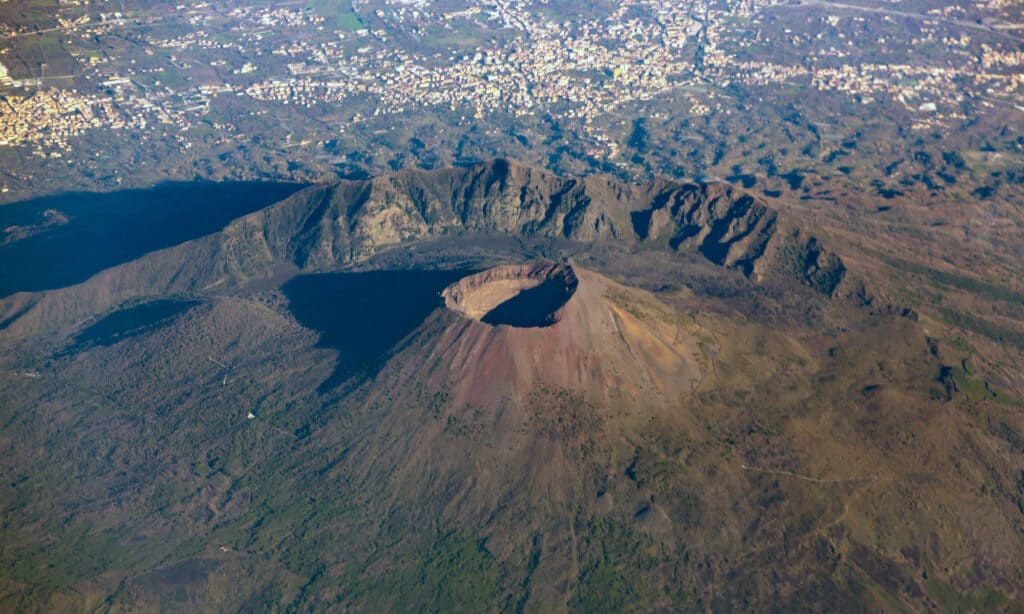
Mount Vesuvius is located in Campania, Italy.
©iStock.com/Cylonphoto
1. The volcano Mount Vesuvius destroyed the ancient city of Pompeii in 79 A.D.
2. Romulus (Rome’s first king) founded Rome on April 21, 753.
3. Italy was unified in 1861, but it wasn’t until 1871 that Italy became truly unified when Venice became part of the country.
4. After Rome’s last emperor, Romulus Augustulus, abdicated because of barbarian invaders, the Roman Empire fell in 476 A.D.
5. The patron saints of Italy are Saint Francis of Assisi and Saint Catherine of Siena.
6. Christopher Columbus, who led a Spanish expedition to what he thought were the Southeast Asian islands and ended up landing (and conquering) the Caribbean islands, was an Italian from Genoa.
7. In 1922, Benito Mussolini rose to power and turned the country into a fascist dictatorship. He ruled until 1943 and was ultimately captured and killed in 1945.
8. Umberto II was the last king of Italy, who served only for 34 days.
9. Alcide De Gasperi was the first Prime Minister of Italy (post-WWII) and one of the European Union’s founding fathers.
10. The current prime minister is Giorgia Meloni and the current president is Sergio Mattarella.
Geography

Lake Garda is Italy’s biggest lake.
©iStock.com/YKD
11. The Italian peninsula is interestingly shaped like a boot.
12. The Po River is the longest one in Italy, which is 405 miles long
13. Italy has a total of 20 regions: Sardinia, Sicily, Calabria, Campania, Apulia, Abruzzo, Basilicata, Molise, Lazio, Umbria, Marche, Tuscany, Emilia-Romagna, Veneto, Lombardy, Piedmont, Liguria, Aosta Valley, Trentino-Alto Adige, and Friuli-Venezia Giulia.
14. Italy is a peninsula surrounded by five seas: the Mediterranean, the Ionian, the Ligurian, the Adriatic, and the Tyrrhenian.
15. Italy has three active volcanoes — Mount Etna, Mount Vesuvius, and Mount Stromboli.
16. Mont Blanc is the highest mountain in Italy, which is 15,780 feet tall.
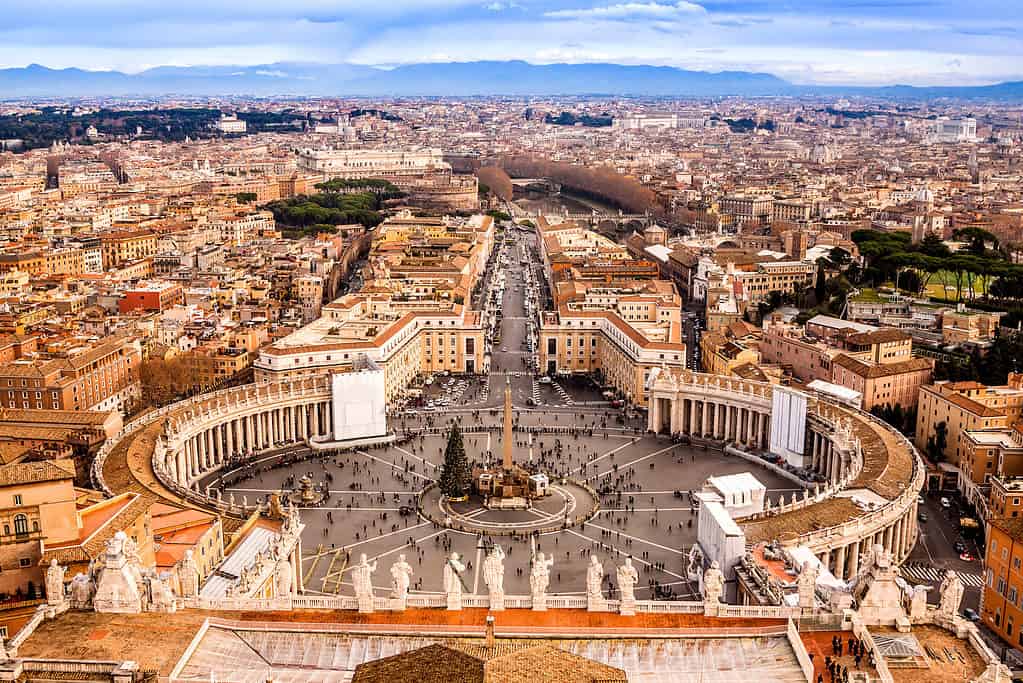
The Pope is the head of state of Vatican City.
©Sergii Figurnyi/Shutterstock.com
17. Vatican City is the tiniest country in the world and it is located in Italy.
18. Italy has more than 1,500 lakes; the biggest is Lake Garda, which is 140 square miles.
19. Italy has a very long coastline amounting to 4,900 miles.
20. The lowest point in Italy is Jolanda di Savoia, located in northwest Italy, and it is 11.3 feet below sea level.
21. Italy has a total area of 116,310 square miles, of which 2.39% is water and 97.61% is land.
22. The Gran Paradiso Mountain is the seventh-tallest in the Alps, standing 13,323 feet tall.
23. Italy has more than 300 islands throughout its territory.
24. The largest island in Italy is Sicily (9,926 square miles), followed by Sardinia (9,300 square miles).
Wildlife

The Italian sparrow is Italy’s national bird.
©Davide Bonora/Shutterstock.com
25. Some of the wildlife that lives in Italy include the Eurasian lynx, the Marsican brown bear, and the Italian wolf.
26. There are more than 100 species of mammals that make their home in Italy, as well as more than 500 bird species and 200 species of insects.
27. There are a total of 24 natural parks that dedicate 3.7 million acres to protected lands in Italy, which amounts to 15% of the country.
28. Some of the most famous national parks are Gran Paradiso National Park and Dolomiti Bellunesi National Park.
29. The first national park to be established was the Gran Paradiso National Park, located in the Alps, in 1922.
30. The Dolomiti Bellunesi National Park, which was established in 1990, was given the title of UNESCO World Heritage Site in 2009
31. There are over 1,300 species of plants found in the Dolomiti Bellunesi National Park, which is located in the northeastern part of the country.
32. Italy has about one-third of all endemic European fauna living in the country and is one of the top spots for biodiversity in terms of animals.
Arts and Culture
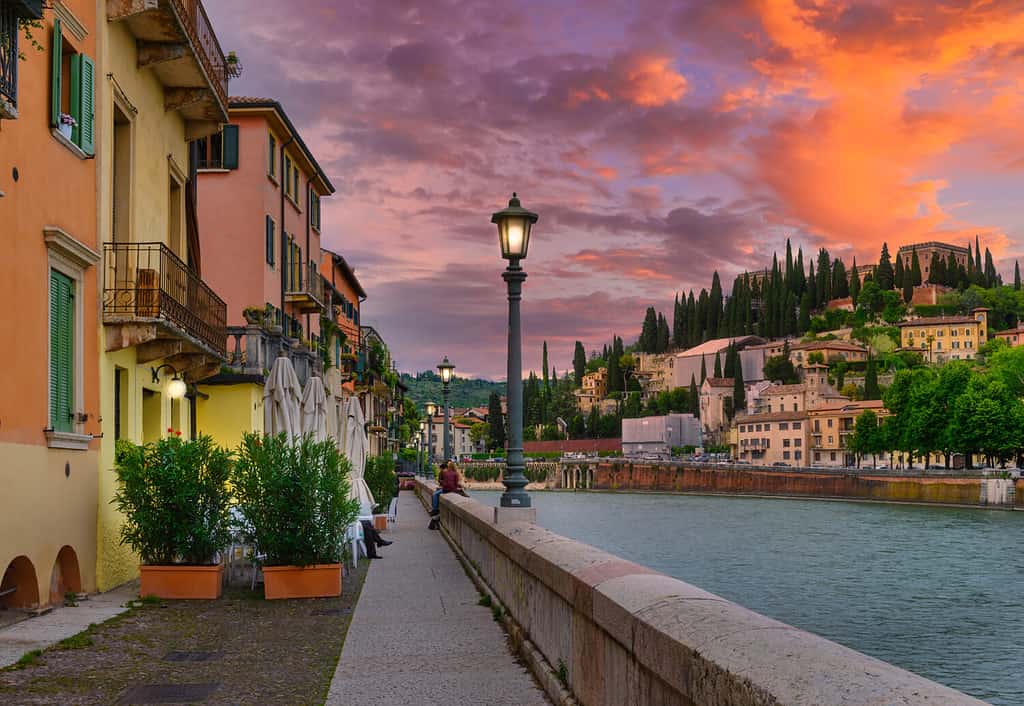
The play
Romeo and Juliettakes place in Verona.
©Catarina Belova/Shutterstock.com
33. Italian Carlo Collodi wrote the children’s story Pinocchio.
34. Hailing from Padua, Bartolomeo Cristofori invented the piano.
35. Many Shakespearean plays were set in Italy including Romeo and Juliet, Julius Caesar, Othello, The Merchant of Venice, and The Two Gentlemen of Verona, among others.
36. Tourists throw around 3,000 euros per day into the Trevi Fountain, which amounts to 1 million euros (all donated to charity).
37. Some of the most famous artists in the world are Italian, which includes Michelangelo, Leonardo da Vinci, and Raphael.
38. Italy is also home to many of the most famous fashion designers in the world including Gianni Versace, Giorgi Armani, Prada, and Dolce and Gabbana.
39. The Renaissance was a period of historical, cultural, scientific, and artistic prominence, which originated in Italy in the 15th century and lasted until the 16th century.

The University of Bologna is located in Bologna, Italy.
©vvoe/Shutterstock.com
40. The University of Bologna was founded in 1088 and it is the oldest university in Europe.
41. The first public opera house opened in Venice in 1637, and it was called the “Teatro San Cassiano.”
42. A whopping 80% of Italians are Roman Catholic, however only about one-third are regular church-goers.
Inventions
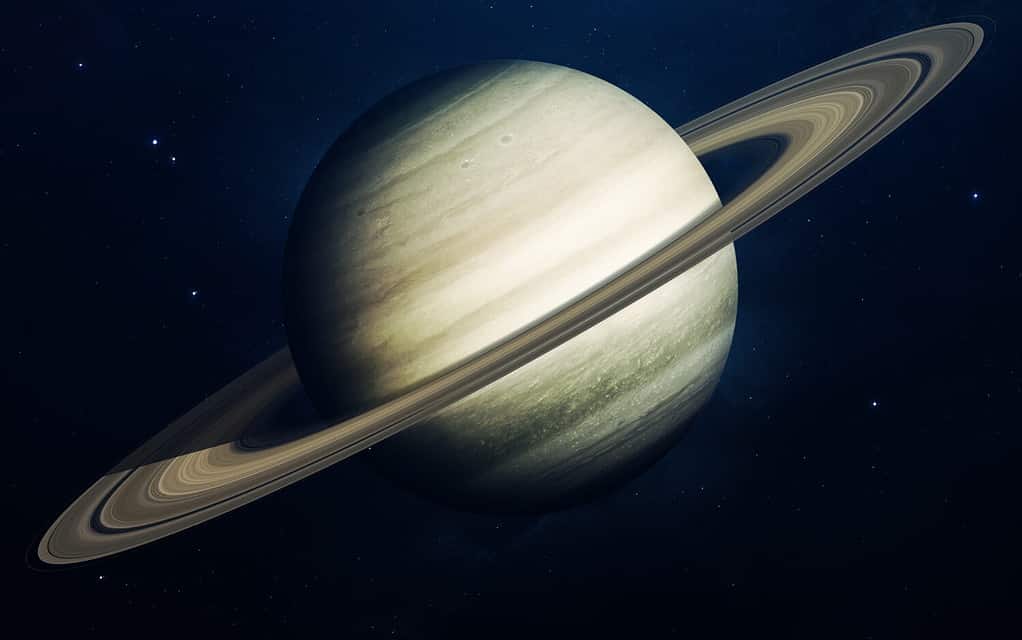
Galileo was a prominent scientist and astronomer who discovered Saturn’s rings.
©Vadim Sadovski/Shutterstock.com
43. Grand Duke Ferdinand II of Tuscany invented the first type of thermometer.
44. Italians invented many of the scientific things we use today including the electric battery, nitroglycerin, wireless telegraphy, the nuclear reactor, and the barometer.
45. Italian-born perfumier Giovanni Maria Farina created the first cologne in none other than Cologne, Germany.
46. Salvino D’Armate invented the first recorded pair of eyeglasses.
47. The first bank was opened in Genoa, Italy in 1149, and it was called the Bank of San Giorgio.
48. Around 500 B.C., the Romans invented the dipped candle using animal fat.
49. Seven Italian brothers with the last name of Jacuzzi created the first jacuzzi spa in 1915.
50. Angel Moriondo invented the first espresso machine prototype in Turin, Italy, in 1884.
51. Galileo Galilei was one of the most famous astronomers in the world who discovered Saturn’s rings and Jupiter’s moons, as well as the moon’s mountains and valleys.
52. The sport bocce was invented in Italy.
53. The ballet was first introduced in Italy during the Renaissance. It was performed for the first time in Florence, Italy.
Food
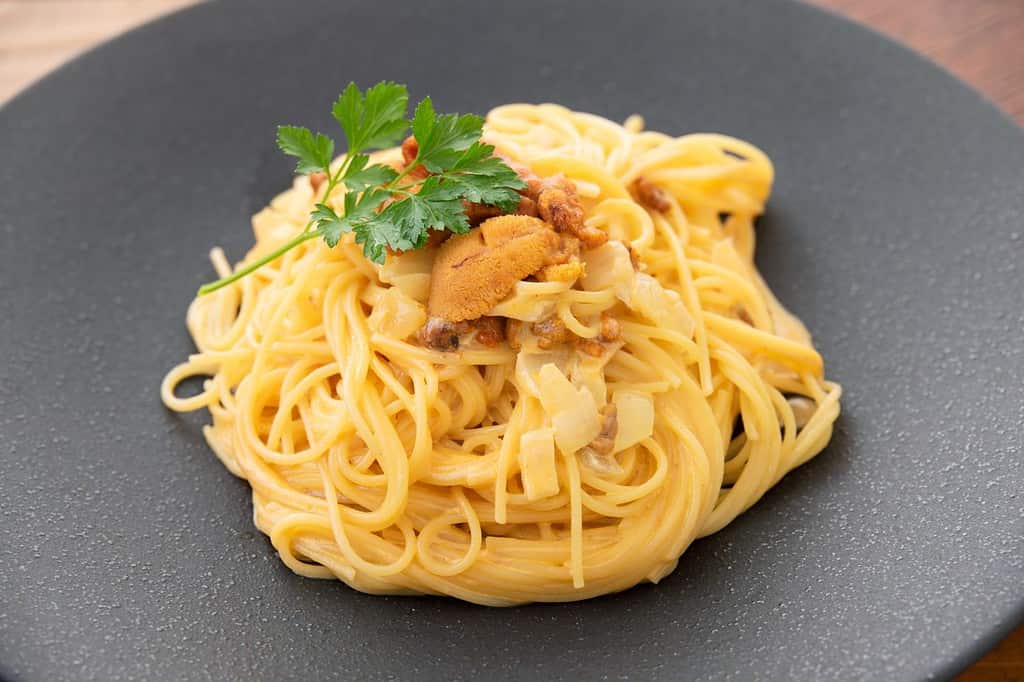
Pasta is Italy’s national dish.
©karins/Shutterstock.com
54. Pizza was invented in Naples in the 1700s.
55. Italians consume a whopping 60 pounds of pasta every year, more than any other country.
56. To no one’s surprise, pasta is Italy’s national dish.
57. Italy is the top producer of wine in the entire world.
58. Modena is the birthplace where balsamic vinegar was invented.
59. Dining out in Italy is a ritual. The first course called Primo is usually a pasta dish. The second course is usually a meat or fish dish.
60. Italian restauranteur Caesar Cardini invented the Caesar salad (but he invented it at a restaurant he owned in Tijuana, Mexico).
61. The first café in Italy opened in Venice in 1683.
62. Gelato was invented in Florence.
63. The delicious dessert of tiramisu was invented in Treviso, Italy.
64. Cannolis (or cannolo as one) was invented in Sicily.
Food Part II

Italy is one of the largest producers of olive oil.
©daphnusia/iStock via Getty Images
65. When it comes to pasta types, kinds, and shapes, there are over 600 of them!
66. Prosecco is the Italian alternative to French champagne.
67. Italian food is one of the most eaten cuisines in the entire world.
68. Antipasto is not pasta, but it is a type of appetizer that consists of cold cuts, olives, smoked fish, cheeses, and bruschetta.
69. For Italians, lunch is the most important meal of the day and breakfast is the least important, where people usually will have coffee and some biscuits, cookies, or pastry.
70. Italy is the second-largest producer of olive oil. Spain is the largest producer of olive oil.
71. Although much of the sauce for pasta consists of tomatoes, the fruits were not introduced to Italy until the 1500s. Tomatoes come from Mexico and conquistador Hernan Cortes brought them back to Europe and introduced the fruit there.
72. World Pasta Day is on October 25th.
Randoms

Rome is Italy’s capital city.
©vololibero/iStock via Getty Images
73. Italy borders six countries — France, San Marino, Vatican City, Austria, Switzerland, and Slovenia.
74. Italy is the fifth-most visited country in the world.
75. Italy’s currency was the lira before it changed to the euro in 2002.
76. Because of the large Italian immigrant population in the US, the first pizzeria in the US was opened in 1905 in New York City.
77. The three colors of Italy’s flag represent hope (green), faith (white), and charity (red).
78. Italy’s capital, Rome, has a population of 4.3 million and is the biggest city in the country.
79. The country of Italy has a population of 59 million.
80. Italy recognizes 12 minority languages as well, and those include Albanian, Catalan, German, Greek, Slovene, Croatian, French, Franco-Provençal, Friulian, Ladin, Occitan, and Sardinian.
81. “The Eternal City” is Rome’s nickname.
82. Speaking of Rome, the Italian capital city is home to about 300,000 cats.
83. Cats have rights in Rome and there is a huge punishment for killing cats — it could cost you 3 years in prison and a hefty 10,000 euro fine.
84. Italy has 59 UNESCO World Heritage Sites, the most out of any country in the world.
85. Italy was one of the founding members of the European Union and is also a member of NATO and the United Nations.
86. The five largest cities in Italy are Rome (4.3 million), Milan (3.1 million), Naples (2.1 million), Turin (1.8 million), and Palermo (850,000).
87. Italy is home to some of the most famous structures in the world including the Leaning Tower of Pisa and the Coliseum.
88. Italians celebrate April 25 as Liberation Day, which commemorates the end of World War II in Italy.
Conclusion
And there you have it, these are 80+ fun facts everyone should know about Italy. When you visit the country, you’ll have facts you can share with your friends. While you are eating a scrumptious pizza and drinking a delectable white wine, you can share some of that whimsical information about Italy. You’ll end up looking like the smart one in the group!
Thank you for reading! Have some feedback for us? Contact the AZ Animals editorial team.

